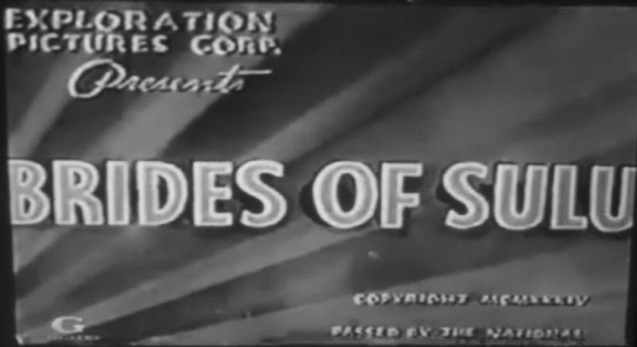
“Brides of Sulu” was recently discovered as a composite of two Filipino produced silent films. It opens the Silent film fest at Shang Cineplex, Shangri-La Plaza from August 26-28, 2011. Accompanying it is the music of Armor Rapista and the Panday Pandikul Cultural Troupe.
(Note: Tickets for the 5th Silent film fest screenings are free and will be distributed by the respective embassies and cultural agencies. Please Contact (Mylene Narciso-Urriza, NCCA) for Brides of Sulu; (Goethe Institut) for Nosferatu; (The Japan Foundation, Manila) for Akeyuku Sora; (Embassy of Italy) for L’Inferno; gremb.man@gmail.com (Embassy of Greece) for The Greek Miracle; and (Instituto Cervantes, Manila) for Pilar Guerra. For other inquiries log on towww.shangrila-plaza.com)
Written by
Jude Bautista
For decades it has been the belief of experts that no Filipino film from the silent era has survived, until now. “We’ve uncovered the ‘Brides of Sulu’ which has been released in the U.S. home video market for years already. It is in fact not just a Filipino film but two Filipino films that were re edited together,” said Teddy Co member of Society of Filipino Archivists for Film (SOFIA) and a former Vice Chair of the Cinema Committee of the National Commission for Culture and the Arts (NCCA).
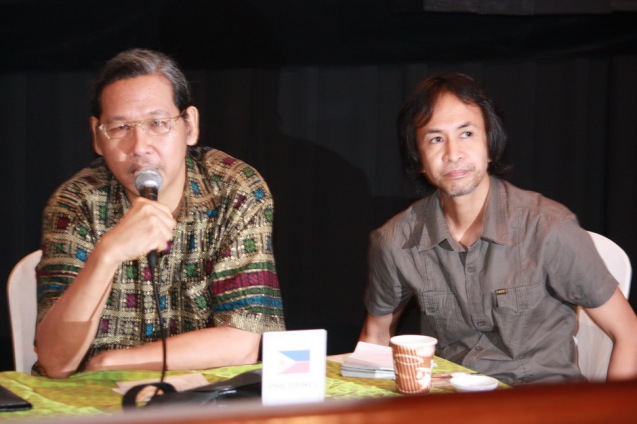
From left: Film Archivist Teddy Co and musician Armor Rapista. Catch the Silent film fest at Shang Cineplex, Shangri-La Plaza from August 26-28, 2011. Photo by Jude Bautista.
Co was a speaker during the press conference for the 5th Silent Film Festival at Shang Cineplex. The Festival will run from August 26 to 28 at Shang Rila Plaza Mall. Silent films from Spain, Greece, Germany and Italy will be featured along with a live soundtrack by Filipino musicians such as Razorback, Panday Pandikul Cultural Troupe, Bandang Malaya, HDC Trio and the FEU Chorale. And for the first time a Filipino silent film that was recently discovered will open the fest.
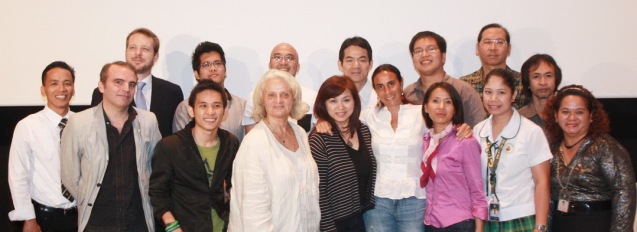
Bottom row 4th from left (in white) Her Excellency Polyxeni Stefanidou Amb. of Greece, From left: Japan Foundation Proj. Coordinator Rolando Samson, Instituto Cervantes Deputy for Cultural Affairs Jose Maria Fons Guardiola, Silent Film fest Proj. Coordinator Cyril Constantino, Shang Rila Plaza Mktg. Div. Head Marline Dualan, Italian Cultural Attaché Prof. Emanuela Adesini, Goethe-Institut Philippinen Prog. Coordinator Luisa Zaide, FEU Chorale rep. Theresa Pimentel and FEU Events Supervisor Estrella Ampatin. Top row from left: Spanish First Secretary for Culture Antonio Garcia Roger, Ding Dong Fiel of HDC Trio, Razorback Mgr. Patrick Pulumbarit, Japan Foundation Dir. Shuji Takatori, TJ Dimacali of Bandang Malaya, Film Archivist Teddy Co and Armor Rapista. Catch the Silent film fest at Shang Cineplex, Shangri-La Plaza from August 26-28, 2011. Photo by Jude Bautista
Co revealed that he first stumbled on “Brides of Sulu” in the magazine “Film Facts” while browsing in Fully Booked, “‘Brides of Sulu’ at first sight doesn’t seem like a Filipino film. But if you look at the credits Filipino actors are credited. If you look at technical credits they’re all American names. There’s no credit for sound recording and producer. They only had a supervisor.”

Vintas (sailboats) in a scene from “Brides of Sulu”, shows a way of life that is practically gone. The film opens the Silent film fest at Shang Cineplex, Shangri-La Plaza from August 26-28, 2011.
The discovery of the title spurned additional research that resulted to one conclusion, “This film may not have been produced by Americans but was more probably bought by them for U.S. release. They did some re editing and promoted it in the U.S. market. They put in an American narration with a colonialist perspective on the scenes of the film. This is what led us to believe that it was originally a Filipino silent film.”
He compared it to discoveries in art, “In painting, there are older works that have been covered up by newer ones. What we’ve done is tear up the layer that has covered the original painting. So we can discover the original work.”
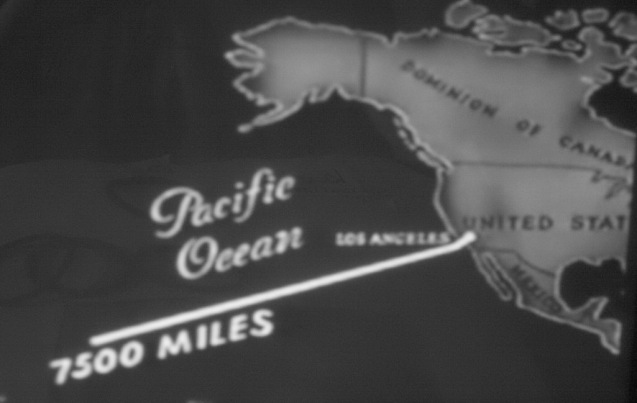
“Brides of Sulu” has a graphic of a map showing the distance from Los Angeles to Manila then to Jolo, the location of the film. It was re edited for the U.S. audience. Catch the Silent film fest at Shang Cineplex, Shangri-La Plaza from August 26-28, 2011.
Co explained the significance of the find by relating the known existing works from the era, “The silent film period was from 1912 -1932. The first sound films made by Filipinos only came out 1933. By 1934 all films made locally already had sound. We’re talking about a period of 20 years. Unfortunately practically all of these films are gone. In fact films made before world War II there are only five remaining: Zamboanga (1937), Tunay Na Ina (1938), Giliw Ko (1939), Pakiusap (1940) and Ibong Adarna from (1941).”

“Brides of Sulu” has a graphic of a map showing the distance from Los Angeles to Manila then to Jolo, the location of the film. It was re edited for the U.S. audience. Catch the Silent film fest at Shang Cineplex, Shangri-La Plaza from August 26-28, 2011.
“Brides of Sulu” was actually a composite of two earlier Filipino silent films that exists on record. “There were only 70 films made from 1912-1932. We discovered that in 1931 there were two films made about the Moros, the Filipino Muslims set in the south. These are ‘Moro Pirates’ directed by Jose Nepumoceno and ‘Princess Tarhata’ director unknown. It was produced by Araw movies which was a Filipino company. When we found the ads we saw things that were incredulous at first but made some matches. The lead star of ‘Tarhata’ is Deli Moreno. The lead star in ‘Brides of Sulu’ is Adelina Moreno. Filipinos have a penchant for giving nicknames, Adelina Moreno in one film and Deli Morenoin the other.” Mysterious Director John Nelson has no other film credit, while sharing the same initials as known Filipino director Jose Nepomuceno. Film archivists believe Nepomuceno agreed to change his name for the U.S. market.

From left: Denise Roco of Rustan’s, Armor Rapista and Razorback Mgr. Patrick Pulumbarit. Catch the Silent film fest at Shang Cineplex, Shangri-La Plaza from August 26-28, 2011. Photo by Jude Bautista
There’s more evidence, “Even the stories match up. We found a capsule review. We think it is ‘Tarhata’. This is the dramatic portion of the film which were acted out and shot in the studio. The studio still exists today. Manila Talkatone is there in Pandacan. There are documentary parts in the film which we think is from another film. We also have reason to believe it came from another Moro film called ‘Moro Pirates’.”

From left: Eduardo De Castro (Asam) and Adelina Moreno (Venita) in “Brides of Sulu” a composite of two Filipino produced silent films. Catch the Silent film fest at Shang Cineplex, Shangri-La Plaza from August 26-28, 2011.
Brides of Sulu is about the Tausug Princess who fell in love with a non Muslim man called an unbeliever. Because of this she raises the ire of her father the Sultan of Sulu and also her would be suitor who is also a Sultan.
Before the screening on August 26, there will be a presentation by Co on their findings. He added, “We hope to use this as a platform to emphasize the importance of film archiving and preserving our films. Phil. cinema is our cultural memory. It’s where we’ve put our cultural memory for the last hundred years. We only have 5 films from before the war. And we have nothing from the silent cinema except maybe, possibly what used to be Brides of Sulu.”
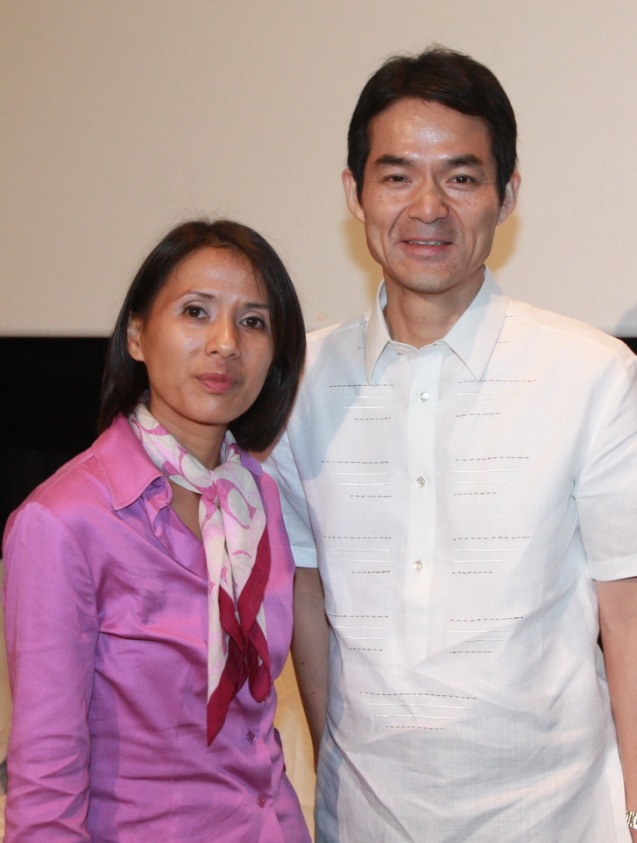
From left: Goethe-Institut Philippinen Prog. Coordinator Luisa Zaide and and Japan Foundation Dir. Shuji Takatori during the Silent Film Fest press con. Catch the Silent film fest at Shang Cineplex, Shangri-La Plaza from August 26-28, 2011. Photo by Jude Bautista
Co credits the fruition of the research and exhibition to Ben Suzuki, the former director of the Japan Foundation. Suzuki ‘jumped the gun’ by announcing during last year’s Silent film fest that the Phil. would participate forcing him to ‘fast track our efforts.’ Akeyuku Sora (The Dawning Sky), Torajiro Saito’s 1929 Japanese film, takes on the big screen on August 27, 5pm. Adding life to the film is musical accompaniment by contemporary group Bandang Malaya.

Akeyuku Sora (The Dawning Sky), Torajiro Saito’s 1929 Japanese film, takes on the big screen on August 27, 5pm. Adding life to the film is musical accompaniment by contemporary group Bandang Malaya.
A total of three government agencies got together for the retracing the roots of “Brides of Sulu” : Film Development Council of the Phil. (FDCP), National Commission for Culture and the Arts (NCCA) and the Movie Television Review and Classification Board (MTRCB). Co believes this is significant, “For the first time 3 of the film and cultural agencies involved in art and cinema are part of the Silent film festival which I think is a good thing. This kind of support should continue in the years to come for this festival.”
Tickets for the screenings will be distributed by the respective embassies and cultural agencies. Contact (Mylene Narciso-Urriza, NCCA) for Brides of Sulu; (Goethe Institut) for Nosferatu; (The Japan Foundation, Manila) for Akeyuku Sora; (Embassy of Italy) for L’Inferno; gremb.man@gmail.com (Embassy of Greece) for The Greek Miracle; and (Instituto Cervantes, Manila) for Pilar Guerra. For other inquiries log on to http://www.shangrila-plaza.com

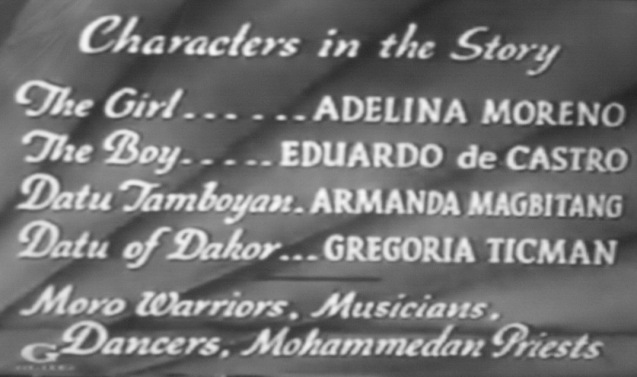


Saw you there, sir Jude, last Friday, Saturday, and Sunday. 🙂
Thanks for commenting Jay! i also would’ve appreciated it if you also said hi in person. Feel free to approach me.